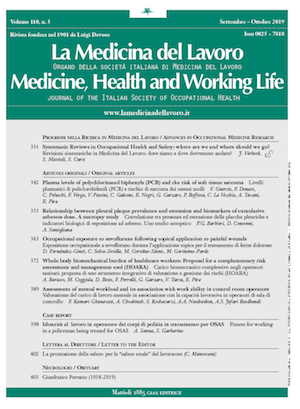Assessment of mental workload and its association with work ability in control room operators
Main Article Content
Keywords
Mental workload, NASA-TLX, Work ability, Control room
Abstract
Background: Modern technology has reduced physical workload and imposed high mental workload on the control room operators in industrial settings. The present study was conducted among control room operators to assess their mental workload, investigate their workability, examine the relationship between mental workload and workability, and determine the factors associated with workability. Methods: This cross-sectional study was carried out among 213 control room operators in six Iranian process industries. Task Load Index (NASA-TLX) was used to assess the mental workload, and Work Ability Index (WAI) was used to determine workability. The relationships between demographic characteristics and dimensions of mental workload and workability were examined by univariate tests. Logistic regression analysis was also used to determine the factors associated with the operators’ workability. Results: The results showed a high mental workload in the study population (82.38±8.8). Yet, the operators showed a good and excellent level of workability (56.4%). Pearson’s correlation coefficient revealed a significant inverse linear relationship between the mean score of mental workload and workability (r=-0.581). Besides, regression modeling demonstrated that mental demand (OR=0.90), temporal demand (OR=0.90), effort (OR=0.91), frustration (OR=0.92), from NASA-TLX subscales were significantly associated with workability. Moreover, mental and temporal demands were important factors associated with reduced workability. Conclusion: Monitoring tasks imposes high mental workload on the control room operators, which may result in adverse effects on their workability as well as on the safety of the system.






